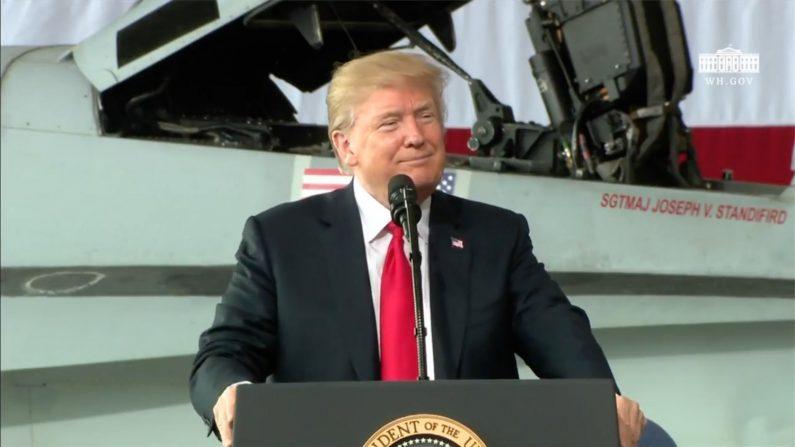President Donald Trump signed an executive order on June 18 that directed the Department of Defense to create a Space Force as the sixth branch of the U.S. armed services. Soon after, Russia and China stepped forward to criticize the move—and for those who understand the background of the issue, the countries’ statements were both hypocritical and misleading.
The head of Russia’s Federation Council’s Defense and Security Committee, Viktor Bondarev, said on June 19, according to Russia Today that the “militarization of space is a way to disaster.” Russia is ready to “strongly retaliate” if the United States violates the outer space treaty by putting weapons of mass destruction in orbit, Bondarev said.





